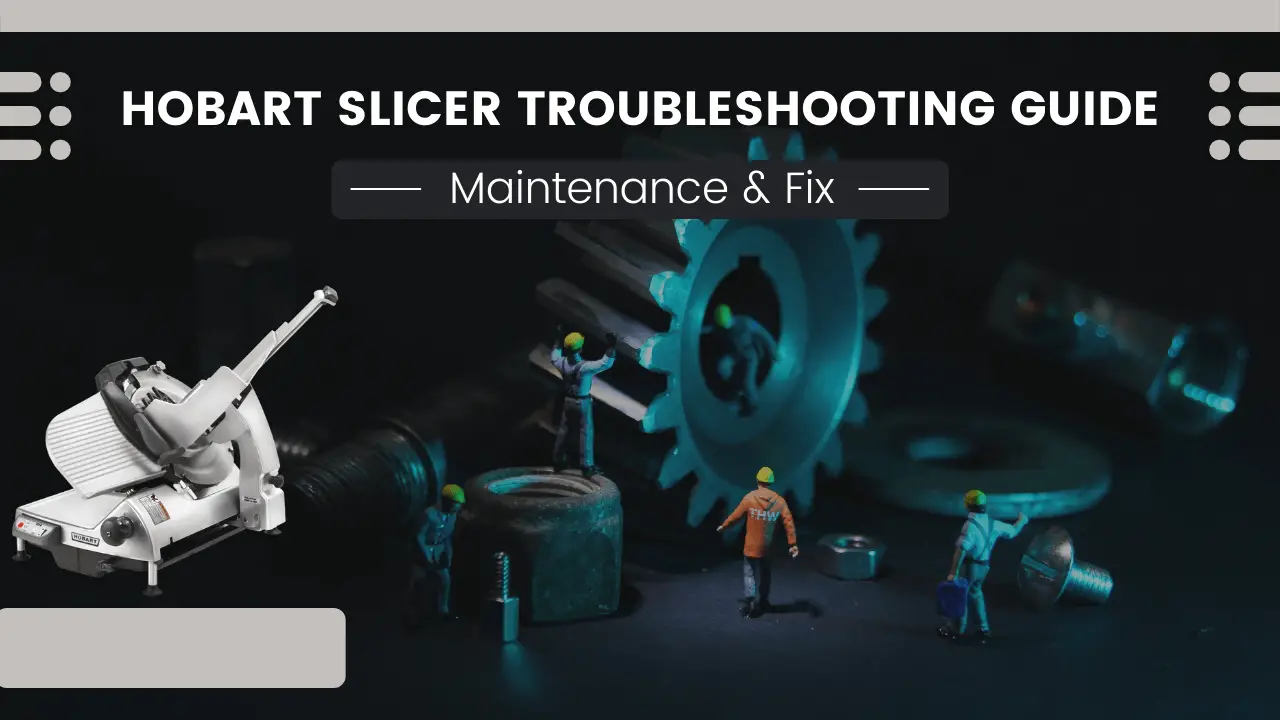Short Answer: The type of stone used on a Hobart slicer sharpener is a specialized sharpening stone designed for specific use with Hobart slicers.
Hobart slicers are a popular choice for many culinary professionals due to their quality and reliability. However, in order to maintain their effectiveness, regular sharpening of the slicer blade is required. A key component of the Hobart slicer’s sharpener mechanism is its specialized sharpening stone.
Types Of Sharpening Stones
Oil Stones
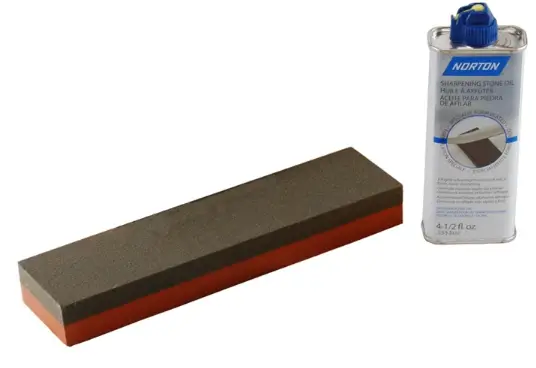
Oil stones are traditional sharpening stones that have been used for many years. As the name suggests, these stones use oil as a lubricant to help remove swarf (the waste metal produced when sharpening) and keep the stone’s surface clean. They are typically made from one of three different materials: Novaculite, Aluminum Oxide, or Silicon Carbide. They tend to sharpen more slowly and are more durable than water stones.
Arkansas Stones
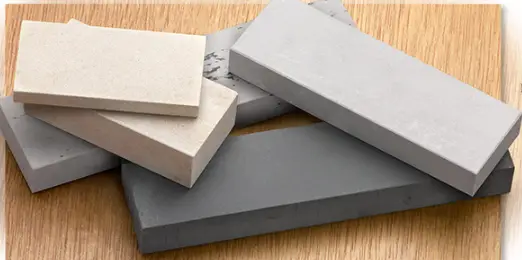
Arkansas Stones are a type of oil stone and are natural sharpening stones mined in the state of Arkansas in the USA. They are classified by their grade or density. The Soft Arkansas is the lowest density and the Washita, which is even softer, is considered as an Arkansas stone but is seldom available. Hard Arkansas is used to hone an already sharpened edge, the Black Arkansas and Translucent Arkansas stones are finer still and are used for extremely fine honing, mostly in a woodworking context.
Diamond Stones
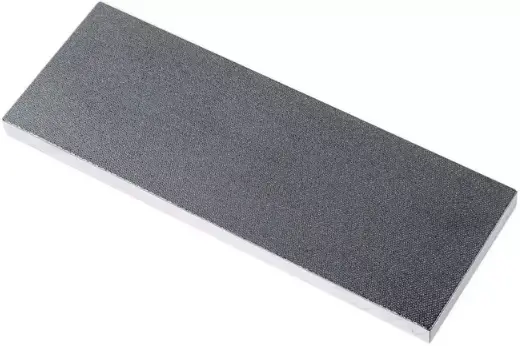
Diamond stones, or diamond plates, are a modern type of sharpening stone. They use a metal plate coated in micron-sized diamonds to remove material from the knife blade. The diamonds ensure a very flat surface and durable longevity. Because diamonds are the hardest substance, these stones can be used to sharpen anything, including hard or exotic materials that other types of sharpening stones may struggle with. Diamond stones can be used with or without lubricant.
Water Stones
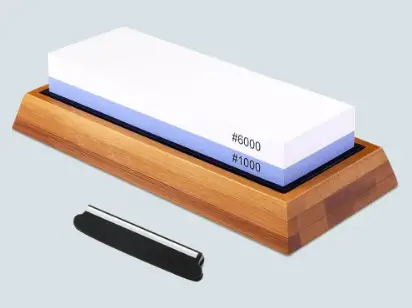
Water stones are so named because they require water to function properly. The water acts as a lubricant to prevent metal from embedding into the stone, which could make it less effective over time. Water stones are known for their ability to sharpen very quickly. They are softer than oil stones and thus need to be flattened more frequently as they wear down more easily. Water stones come in a wide range of grits for different stages of sharpening and honing.
What Type Of Stone Is On The Hobart Slicer Sharpener?
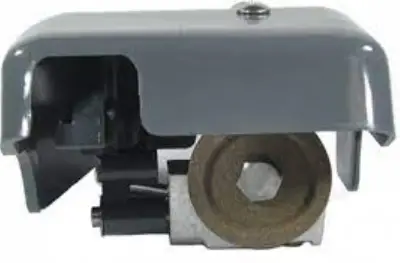
The sharpening stones used on a Hobart slicer sharpener are custom-made for Hobart slicers. These stones are specifically designed to maintain the slicer’s blades’ sharpness, helping to ensure precision cuts and the longevity of the blade.
The Hobart slicer typically uses a borazon, or cubic boron nitride (CBN), sharpening stone. It’s known for its hardness and durability, making it effective for sharpening the slicer blade.
How To Sharpen A Hobart Slicer?
Step 1: Ensure the slicer is clean: Before starting the sharpening process, make sure the slicer is free from food particles or any debris.
Step 2: Remove the slicer’s top knife cover and plastic ring guard.
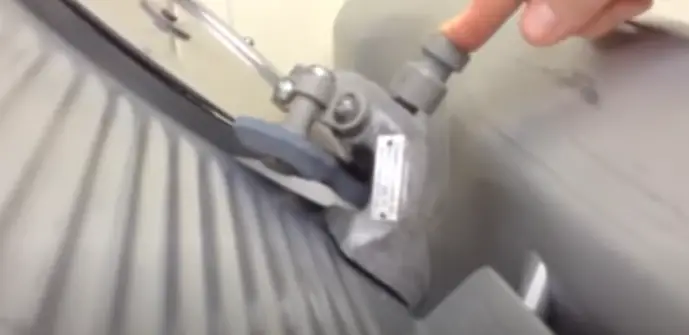
Step 3: Push the sharpening lever fully forward and hold the knife on the button for 15 seconds to start the sharpening process.
Step 4: After sharpening, pull the handle for 5 seconds.
Step 5: Clean and sanitize the slicer to remove any particles from the sharpening process.
FAQs
Can you wash a sharpening stone?
Yes, it’s crucial to clean a sharpening stone after every use to remove metal filings and debris.
How much water do you put on a sharpening stone?
The amount of water needed varies depending on the type of stone. Some stones require soaking in water before use, while others only need a splash of water.
Do you need to lubricate a sharpening stone?
Yes, lubrication helps prevent metal from embedding into the stone’s surface, maintaining its effectiveness.
What are sharpening stones made of?
Sharpening stones are typically made of three main materials: Novaculite, Aluminum Oxide, or Silicon Carbide.
Is there a difference in sharpening stones?
Yes, different stones offer various levels of coarseness, which affect the blade’s finish and sharpening speed.
Can sharpening stones be used dry?
While some sharpening stones can be used dry, it’s generally recommended to use water or oil for lubrication.
Conclusion
The Hobart slicer typically utilizes a borazon, or cubic boron nitride (CBN), sharpening stone due to its exceptional hardness and durability. This ensures the slicer blade maintains a high level of sharpness for efficient cutting. It’s essential to periodically check and sharpen the blade according to usage frequency to maintain optimal performance. Always prioritize safety when handling the sharpener and blade, and remember to use Hobart-approved stones for a replacement to guarantee proper compatibility and performance.
Key Points
- The Hobart slicer sharpener uses a specialized sharpening stone.
- Regular sharpening of the slicer blade is crucial for maintaining its effectiveness.
- Always clean your slicer before and after sharpening to prevent the transfer of particles.
- Frequently asked questions help clear any confusion regarding the sharpening process.

John Hebdon is a food enthusiast, passionate chef, and author of various articles and blog posts related to food and cooking. With a deep love for all things culinary, John’s blog serves as a platform to share his extensive kitchen experiences with a broader audience.
In addition to his culinary expertise, John has a flair for writing and a natural ability to share his passion for food with others. His articles and blog posts are informative, engaging, and packed with practical tips for readers of all skill levels.
As a food enthusiast and writer, John is always on the lookout for new and exciting culinary experiences. Whether it’s trying out a new restaurant, experimenting with a new recipe, or simply sharing a favorite dish with friends and family, John is always eager to explore and share the world of food with others.

